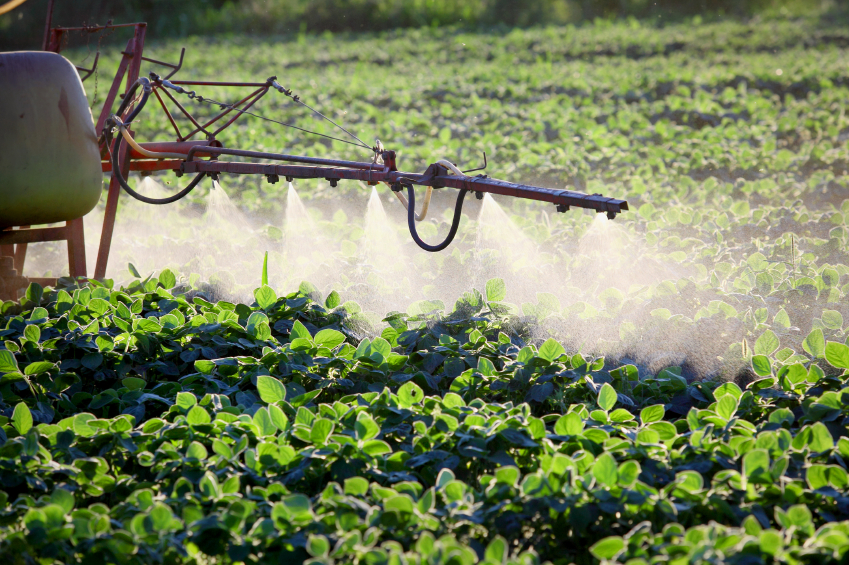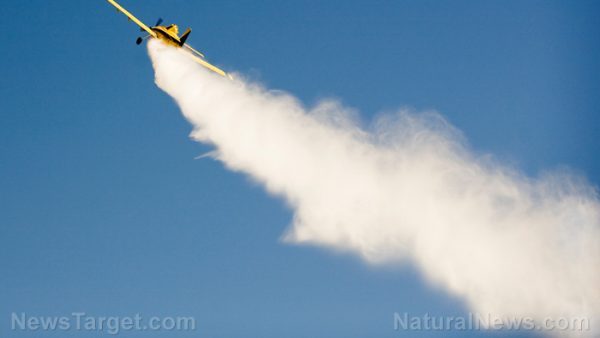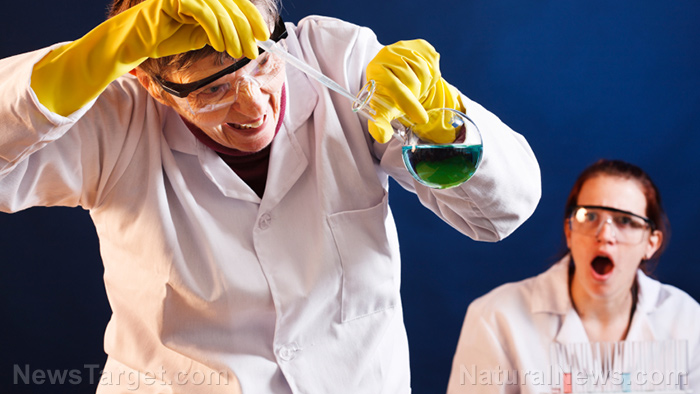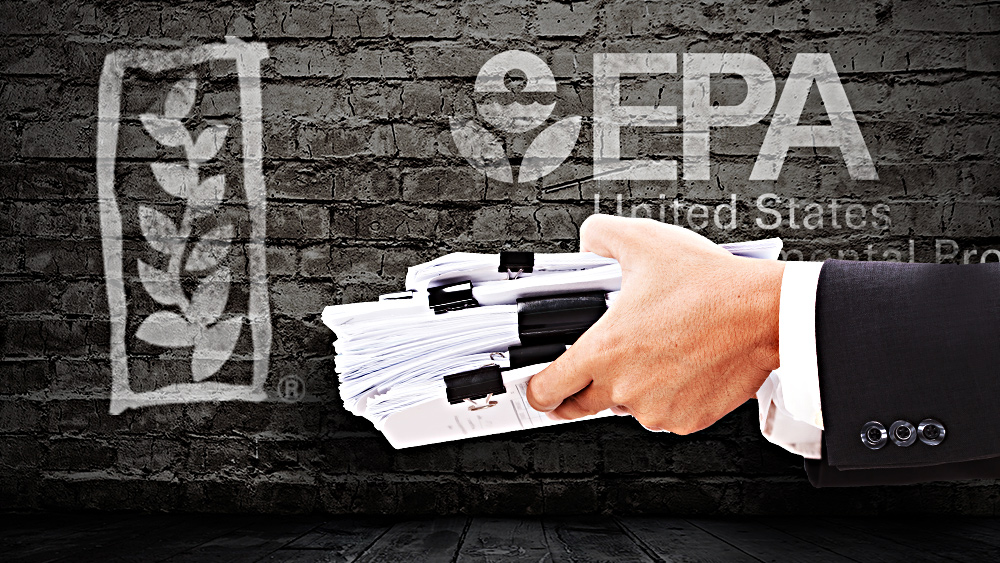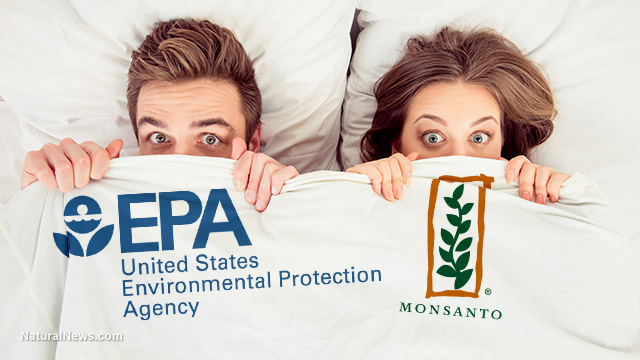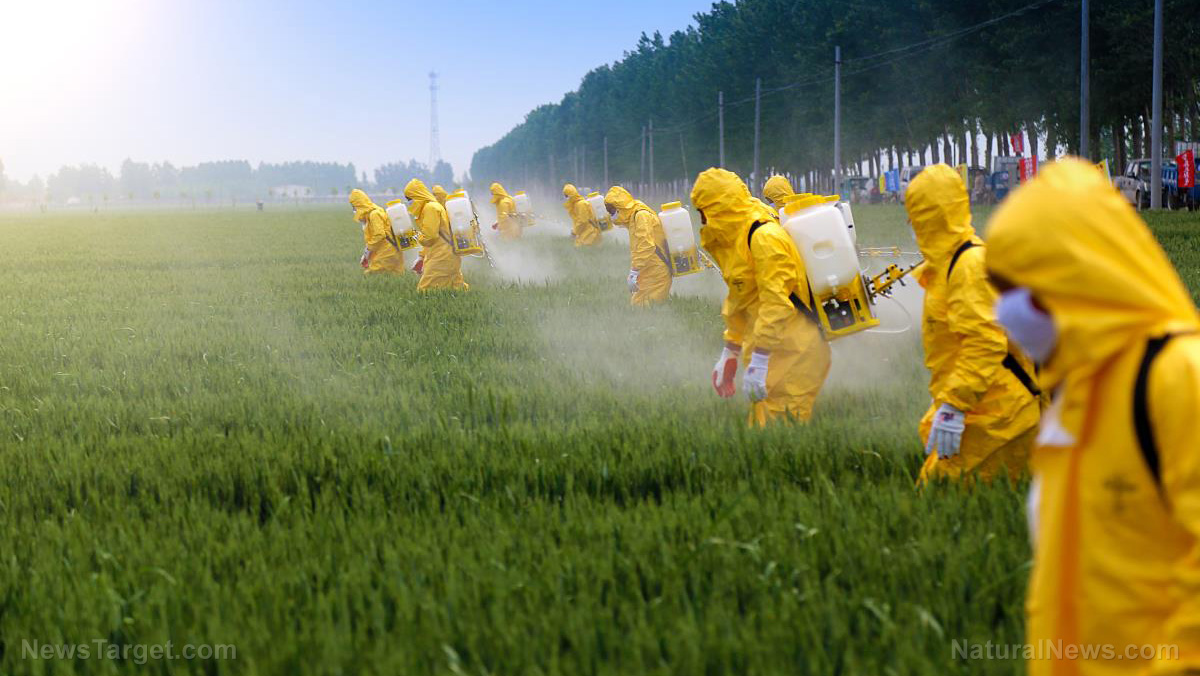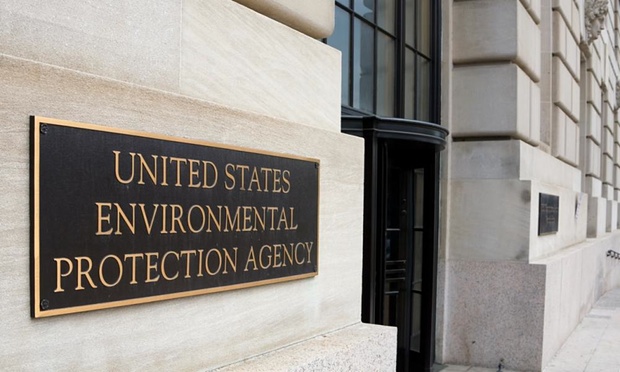Pollution in the ground water: Well water in Maine is contaminated with PFAs, and it’s compounding
10/05/2018 / By Edsel Cook

Investigators have finally found out the horrific origin of the toxic chemicals in groundwater discovered in southwest Maine last spring. Seacoast Online reported that the per- and polyfluoroalkyl substances (PFAs) in the West Kennebunk well came from a small farm that served as a dumping ground for biosludge and corporate wastewater decades ago.
Various parties traced the contamination to Stoneridge Farm. The tiny dairy farm sits on land that got drenched by a septic cocktail of sewer sludge from the Kennebunk and Ogunquit districts plus fly ash and sludge from the S.D. Warren paper mill during the 1980s.
To make things worse, that wastewater and biosludge had been sprayed across the soil in order to enhance its fertility. This used to be the prevailing practice in Maine and the rest of the U.S. thirty years ago. (Related: New “recycling” technology is actually CANNIBALISM: Dead people are liquefied, drained into city sewers, then dumped on food crops as “biosludge.”)
The EPA defines PFAs as a class of toxic artificial chemicals used to make a huge array of stain-resistant, waterproof and/or nonstick products.
An “emerging contaminant”
Kennebunk, Kennebunkport and Wells Water District Superintendent Norm Labbe explained that the EPA set limits of 70 parts per trillion (ppt) for PFOA and PFOs. The Kimball Lane well tested at 50 ppt, but the district chose to close it.
“The fact is, this is an emerging issue,” explained Kerri Malinowski of Maine’s Department of Environmental Protection (DEP). “We continue to see the science evolve on this.”
There are differing opinions on the ultimate origin of the contaminants in the Kimball Lane well. Labbe blames the sludge or fly ash from the S.D. Warren paper mill. Attorney John Lambert conveyed the belief of his client, Fred Stone of Stoneridge Farm, that sewer district biosludge is responsible.
“I’m saying that this is the result of something that happened in the past, and it seems that we don’t know what the source is specific to the contamination,” Malinowski said.
“It’s impossible to go back in time and look at that.”
Closing the barn door after the cow got contaminated
The DEP first detected the presence of PFAs in the Kimball Lane well in the spring of 2016. They warned the water district, who began looking into the origin of the contaminants.
According to Labbe, the sample drawn from Stoneridge Farm had high levels of PFAs. Positioned right next to the household well of the Stone family, the monitoring well registered an alarming 140 ppt, twice the limit set by the EPA.
Further testing localized Stoneridge Farm as the sole source of the PFAs that polluted the Kimball Lane well. In a written letter dated Nov. 3, 2016, Labbe informed Stone about the dangerous levels of chemicals in his well water.
Stone’s attorney said that his client warned his two major customers, the U.S. Department of Agriculture and Oakhurst Dairy. The latter replied that it would stop buying milk from Stone for the time being.
“Research shows that these types of compounds can accumulate in milk when tainted water or feed is consumed by dairy cattle,” Oakhurst had written back. “Providing a safe, quality product for our consumers is our highest priority. Thus, we feel we need to monitor the situation with PFOA/PFOS at your farm very closely.”
In a data report issued on Feb. 24, 2017, the DEP confirmed the presence of PFAs in various bodies of water in the Stoneridge farm. When they tested the milk tank, the results showed 690 ppt, nearly 10 times the EPA safe limit.
The DEP also took a dozen soil samples. PFAs readings reached as high as 896,200 ppt. However, the safe limit for soil is different.
Stay abreast of pollution-related news and stories by following Pollution.news.
Sources include:
Tagged Under: Biosludge, dairy cattle, Department of Agriculture, EPA, ground water, Kimball Lane well, Maine, Oakhurst Dairy, PFAS, sewer sludge, Stoneridge Farm, waste water, water health, Well water


